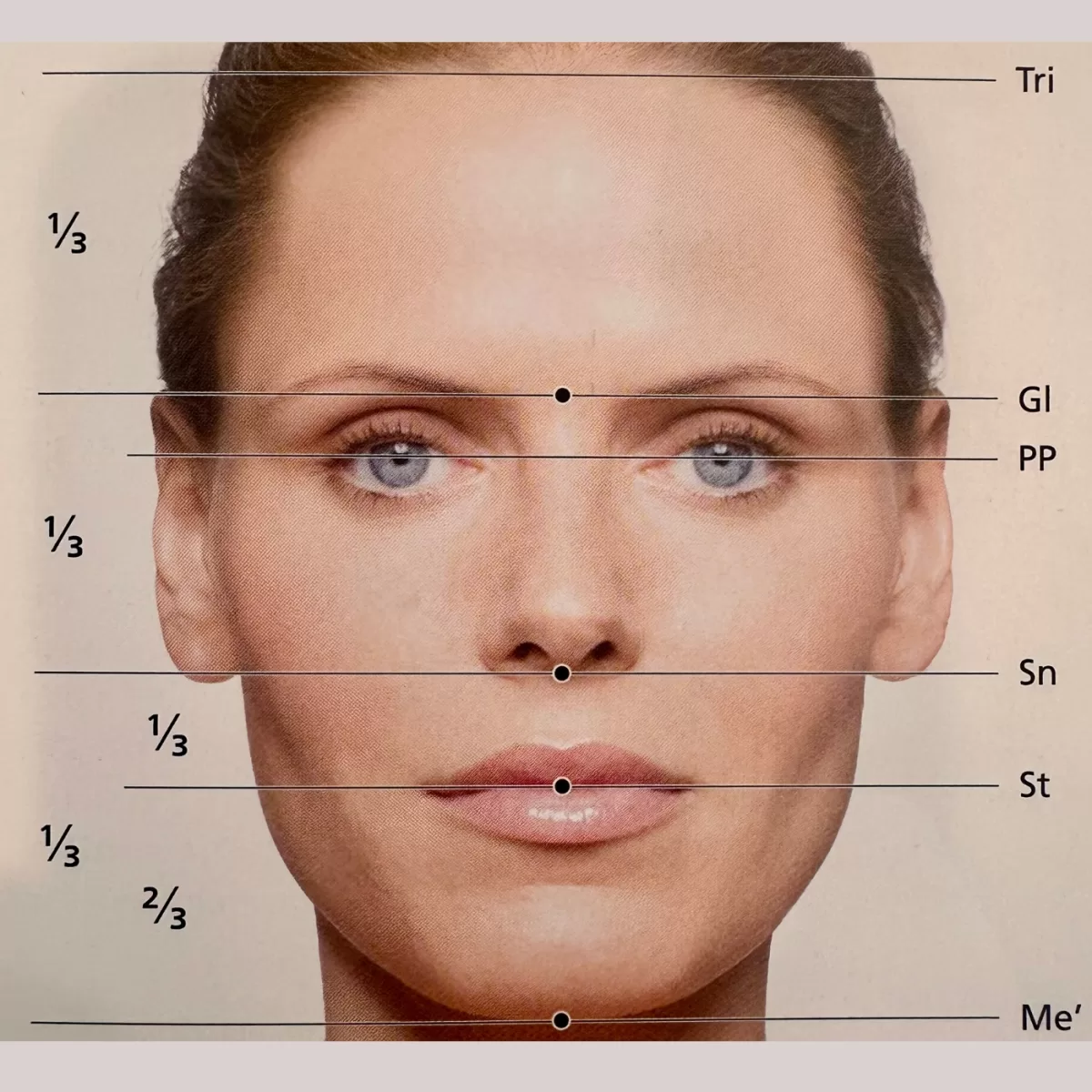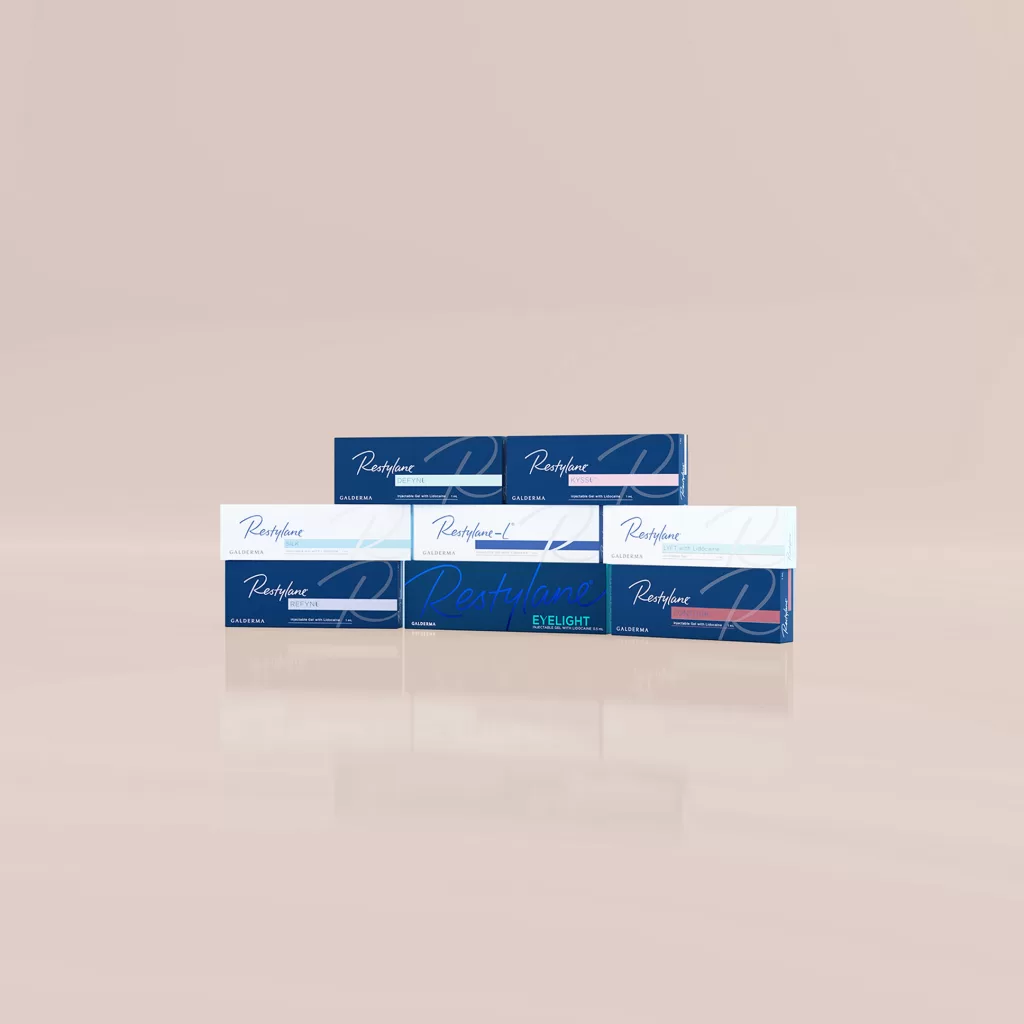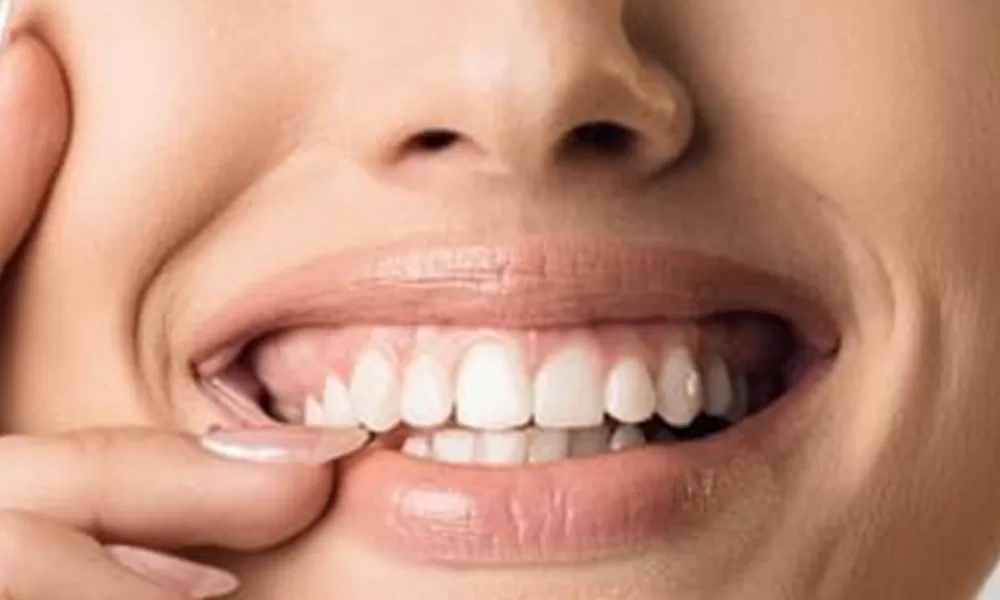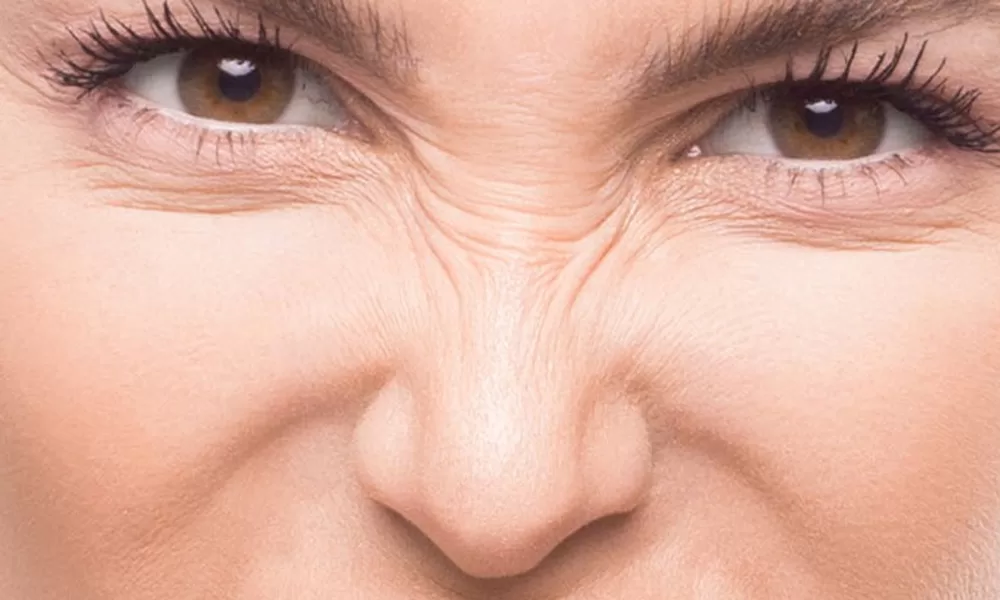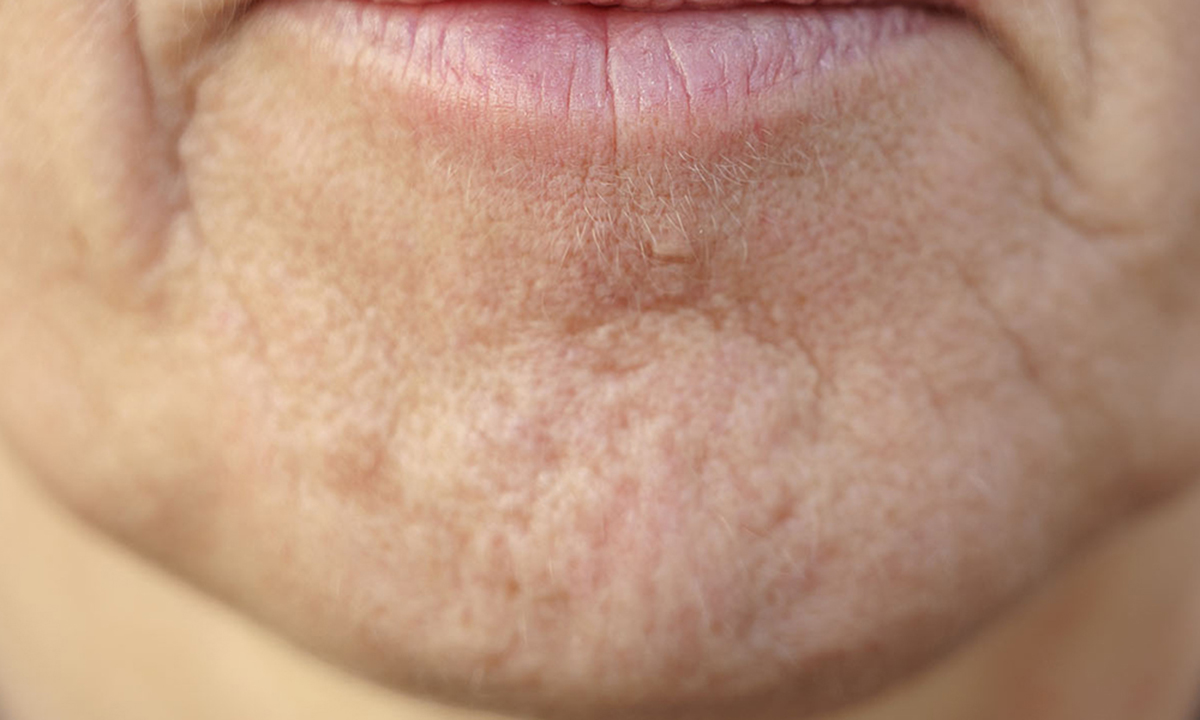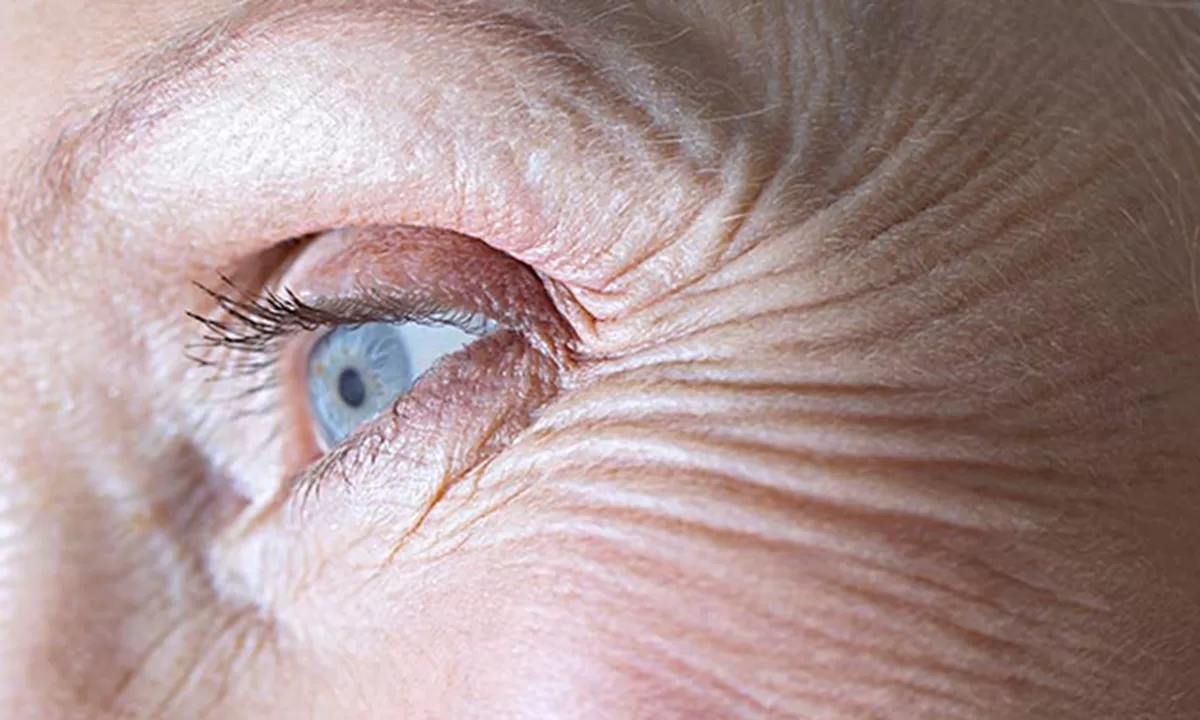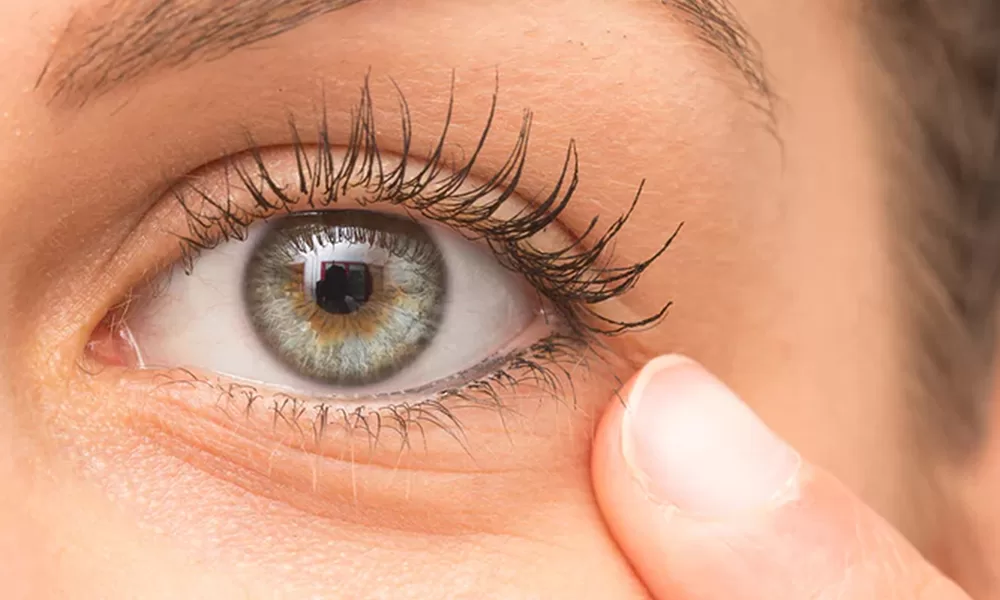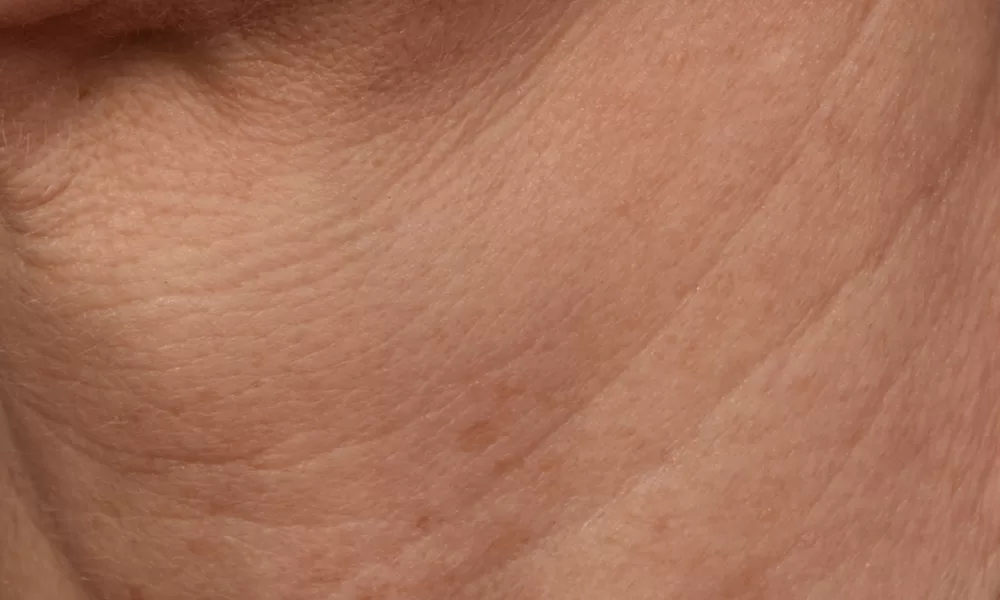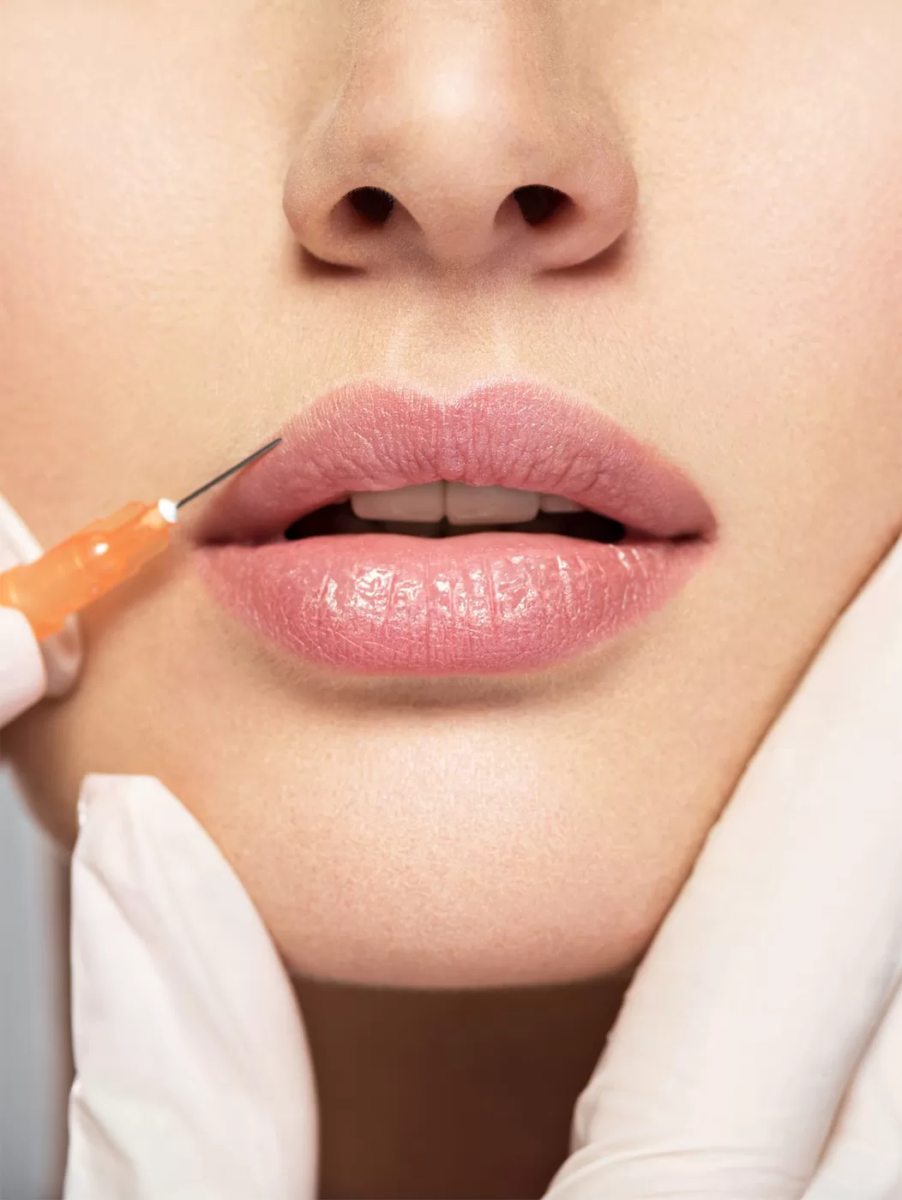Non-surgical options to correct a lopsided or asymmetric face
Facial symmetry refers to the extent to which the left and right sides of a person’s face correspond to each other. It measures the similarity in size, shape, and positioning of facial features between the two halves. A symmetrical face would appear nearly identical on both sides if a line were drawn down the middle.
Conversely, an asymmetrical face lacks exact mirroring between its two sides. Observable differences may include variations in eye size, cheek shape, or the position of the nose, among other facial features.
Facial asymmetry can stem from various factors. Genetics frequently contribute, as inherited traits can dictate differences in facial symmetry. Furthermore, injuries or the natural aging process can lead to asymmetry, with age-related changes like skin laxity and wrinkles potentially exacerbating the condition.
Numerous studies indicate a preference for symmetrical faces, yet it’s essential to recognize that perfect symmetry is rare. Each face is inherently unique, with minor asymmetries being natural and often imperceptible to others. These subtle variations contribute to our individuality and character, highlighting the importance of embracing our unique traits and individuality.
What is an asymmetrical face?
An asymmetrical face is characterized by features that lack perfect symmetry between the left and right sides. When one side noticeably differs from the other, facial balance is disrupted. Various factors contribute to facial asymmetry, including:
- Signs of aging are more prominent on one side of the face than the other.
- One area of the face exhibits more wrinkles and sagging compared to the other.
- Asymmetry in eyelid appearance, with one eye appearing more closed.
- Variation in eyebrow height, with one being higher than the other.
- A crooked nose that deviates toward one side.
- Variation in cheek fullness, with one being fuller than the other.
- Unevenness or asymmetry in the jawline or chin.
- Discrepancy in ear size, with one ear appearing larger than the other.
While some facial asymmetry is normal and adds to your individuality, excessive unevenness might leave you feeling dissatisfied. At Direct Aesthetics, our injection specialists can offer you a range of different alternatives that can make your facial features look more proportional and bring back a beautiful balance to your face.
What causes facial asymmetry?
An asymmetrical face, characterized by differences in size, shape, or position of features on each side, can stem from various factors, including genetic predispositions and external influences affecting facial growth and development. While minor asymmetry is typical and often imperceptible, significant disparities may lead to self-consciousness. Here are key contributors to facial asymmetry:
Genetics
Genetics frequently underlie facial asymmetry, with variations in bone and muscle development contributing to natural disparities. Factors such as differences in bone size, shape, or jaw positioning can lead to asymmetry. Additionally, genetic conditions arising from abnormalities or mutations in facial development genes can manifest as facial asymmetry. Examples include:
- Craniosynostosis: The premature fusion of skull bones disrupts normal head and facial growth.
- Hemifacial microsomia: One side of the face is underdeveloped, causing noticeable asymmetry.
- Goldenhar syndrome: A rare genetic disorder affecting facial development, especially the eyes, ears, and jaw.
Aging
Aging can exacerbate facial asymmetry through various means, including:
- Changes in bone density: With age, bones lose density and volume, altering facial contours.
- Muscle tone deterioration: Aging weakens muscles, reducing their ability to support skin and soft tissue, potentially causing sagging or drooping on one side.
- Declining skin elasticity: Aging diminishes skin elasticity, making it less resilient to stretching or sagging, which may lead to uneven wrinkles or drooping.
To minimize or prevent age-related facial asymmetry, consider the following:
- Ensure adequate hydration
- Shield your skin from sun exposure
- Engage in regular exercise
- Adhere to a consistent skincare regimen
Dental problems
Dental problems, especially an uneven jaw, can lead to facial asymmetry. Misaligned teeth or jaw positioning issues can create visible discrepancies between the two sides of the face. For instance, an improperly aligned jaw may cause one side of the face to appear more prominent or recessed compared to the other.
Teeth misalignment is a common dental issue affecting facial symmetry. When teeth are not properly aligned, one side of the mouth may protrude more than the other, resulting in noticeable asymmetry. This misalignment also affects the position of the jaw, exacerbating jaw asymmetry.
Injury or trauma
Facial trauma is often a significant contributor to facial asymmetry. Injuries like a broken nose or cheekbone can alter the shape and positioning of facial bones, resulting in noticeable imbalances. These injuries commonly occur due to falls, sports mishaps, or car accidents. Fractures, soft tissue damage, burns, and nerve injuries can all impact facial symmetry.
Seeking medical assistance for facial trauma is crucial, regardless of the injury’s apparent severity. A qualified healthcare provider can evaluate the injury’s extent and administer appropriate treatment to minimize complications and promote effective healing.
Lifestyle factors
Long-term lifestyle choices can also contribute to facial asymmetry. Poor dietary habits, sleeping positions, posture, sedentary lifestyle, excessive sun exposure, and smoking can all impact facial development and function.
These factors affect skin and muscle tone, leading to asymmetry and other signs of aging. To enhance facial symmetry and overall well-being, adopting healthier lifestyle habits is essential.
Understanding the different kinds of asymmetrical faces
When one side of the face differs in size, shape, or position from the other, it’s termed facial asymmetry. This condition is typically categorized as developmental or acquired.
Developmental
Developmental facial asymmetry manifests early in life and may stem from genetic or environmental factors. Genetic influences, coupled with lifestyle choices during pregnancy, can impact facial development.
Acquired
Acquired facial asymmetry occurs later in life due to injury or medical conditions. Traumatic accidents or health issues like Bell’s palsy or temporomandibular joint disorder can lead to facial asymmetry.
Distinguishing between developmental and acquired asymmetry is crucial for accurate diagnosis and treatment planning. Developmental cases may require cosmetic procedures to harmonize facial features, while acquired cases may need treatment for underlying injuries or conditions, followed by cosmetic interventions. Understanding the cause is paramount for effective resolution.
Exploring Facial Proportions and Measurements for Facial Analysis
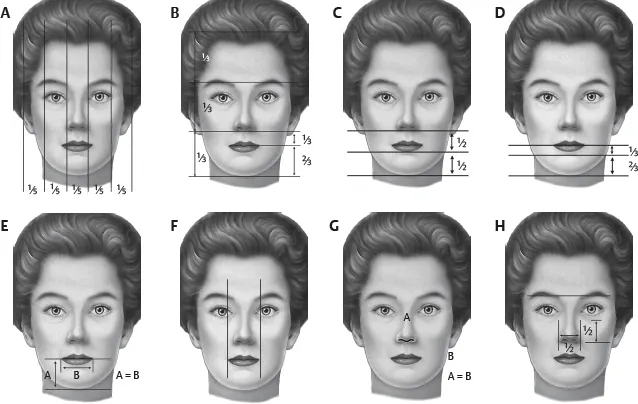
A. Vertical Fifths:
Vertical fifths refer to dividing the face vertically into five equal sections. This analysis helps assess the overall vertical proportions of the face and identify any discrepancies or asymmetries. By examining the distribution of facial features within each fifth, practitioners can evaluate facial harmony and balance.
B. Horizontal Thirds:
Horizontal thirds involve dividing the face horizontally into three equal sections: the upper, middle, and lower thirds. This method allows for the assessment of facial proportions in terms of height and helps determine the ideal positioning of features such as the hairline, eyebrows, eyes, nose, and mouth.
C. Division of the Lower Third:
The division of the lower third focuses specifically on the lower portion of the face, from the base of the nose to the chin. Analyzing this area helps identify the ideal proportions between the lips, chin, and lower facial landmarks, ensuring facial harmony and balance.
D. Lower Third with a 1:2 Ratio:
This measurement assesses the proportion between the height of the lower third of the face and the distance from the base of the nose to the chin. A ratio of 1:2 indicates ideal facial proportions, where the lower third of the face is approximately twice the height of the nose-to-chin distance.
E. Equidistant Measurements from Stomion to Menton and Width of the Mouth:
This analysis involves measuring the distance from the stomion (the midpoint of the upper lip) to the menton (the lowest point on the chin) and comparing it to the width of the mouth. Equidistant measurements indicate balanced facial proportions and symmetry between the upper and lower facial regions.
F. Approximation of the Distance between Medial Limbi to Width of the Mouth:
By comparing the distance between the medial limbi (inner corners of the eyes) to the width of the mouth, practitioners can assess the harmony between the eyes and mouth. This measurement helps determine the ideal positioning of the mouth relative to the eyes for optimal facial aesthetics.
G. Equality between the Width of the Face at the Malar Level and the Distance from Brow to Menton:
This measurement evaluates the relationship between the width of the face at the level of the cheekbones (malar) and the distance from the brow to the menton (chin). Equality between these measurements indicates balanced facial proportions and harmony between the upper and lower facial regions.
H. Equal Lengths from Infraorbital Rim to Base of Nose, Nasal Base Length, and Half the Length of the Middle Third of the Face:
Assessing the lengths from the infraorbital rim (bony area under the eye socket) to the base of the nose, the nasal base length, and half the length of the middle third of the face helps evaluate the symmetry and proportionality of the nose and midface. Balanced measurements contribute to overall facial harmony and aesthetics.
How to test if you have a symmetrical face
Delving into the symmetry of your face can be both fascinating and informative, offering insights into the balance of your facial features. While symmetry is often associated with beauty, it’s normal to have minor asymmetries. If you’re curious about your facial symmetry, there are simple methods you can try at home.
Using a mirror is a straightforward approach. Stand in front of a mirror and visualize or use a string to establish an imaginary vertical line down the center of your face. Compare the alignment of features like your eyes, ears, nostrils, and mouth corners on each side.
For a more thorough assessment, try the photo test. Begin by capturing a straight-on photo of your face in a well-lit area for optimal clarity. Once you have the photo, print it out and grab a pen or marker. Proceed to mark key facial landmarks on both sides of your face, including:
- The highest point of your forehead.
- The lowest point of your chin.
- The widest part of your nostrils.
- The broadest point on your face, often across the cheekbones.
- The corners where your lips meet.
- The junctures where your eyes meet your nose bridge.
- The outer edges of your eyes.
Then, utilize a ruler to draw horizontal lines connecting each corresponding set of points across your face. By linking these landmarks, you’ll create visual guidelines for comparing the alignment and spacing of similar features on each side of your face, offering valuable insights into your facial symmetry.
Non-Invasive options to address facial asymmetry
Delving into the world of cosmetic enhancement, especially for individuals seeking solutions to facial asymmetry without resorting to surgery, unveils an array of non-invasive treatments. The use of fillers for facial balancing have surged in popularity owing to their capacity to enhance facial balance and coherence with minimal downtime and risks. Tailored for addressing mild to moderate asymmetries, non-invasive approaches can effectively rectify discrepancies primarily stemming from soft tissue differences like skin laxity or muscle imbalances. While they may not deliver the permanent restructuring achievable through surgical means, their capability to temporarily enhance facial symmetry renders them invaluable for many.
Recognizing the variability in effectiveness across individuals is paramount. Factors such as the specific nature of the asymmetry, treatment location, and individual healing responses significantly influence outcomes. Hence, a comprehensive consultation with our experts at Direct Aesthetics is essential. Through a thorough evaluation of your facial structure and aesthetic aspirations, we can provide tailored insights into the most suitable treatment options, ensuring personalized and effective results.
Common Non-Invasive Treatments for Facial Asymmetry
Botox for facial asymmetry
Botox for asymmetrical face is a common solution for correcting facial asymmetry caused by muscular imbalances. It temporarily relaxes targeted muscles, smoothing out uneven expressions and diminishing asymmetry. The procedure is brief, usually lasting around 30 minutes, with no downtime, enabling patients to promptly resume their daily routines.
Facial Balancing with Fillers
Another successful non-surgical option for addressing asymmetrical features is facial balancing with fillers. These injections can augment volume and contour in areas that seem hollow or less defined, like the cheeks, lips, or under-eye region. Comprised of hyaluronic acid, a substance naturally occurring in the body, dermal fillers provide a safe and temporary method for improving facial symmetry. Typically, the treatment takes less than 30 minutes, offering immediate results without any required downtime.
Orthodontics
Orthodontic treatments such as braces or clear aligners can effectively address asymmetries caused by dental misalignments. By aligning the teeth, these treatments not only improve dental aesthetics but also enhance overall facial balance, particularly in profiles and lower facial symmetry. With advancements in technology, orthodontic solutions are now more discreet and comfortable, catering to individuals of all ages.
Can facial exercises, makeup, and hairstyling help?
Explore how facial exercises, makeup techniques, and strategic hairstyling can contribute to achieving a more balanced and symmetrical appearance:
- Engage in Facial Exercises: Strengthen weaker facial muscles to enhance facial symmetry. Activities like lip puckering, eyebrow raising, and various smiles can help achieve balance.
- Try Massage Therapy: Facial massages improve blood circulation, reducing puffiness and tension. This relaxes facial muscles and reduces swelling, alleviating asymmetry.
- Opt for Strategic Hairstyling: Choose hairstyles that complement an asymmetrical face. A side-swept fringe can minimize a broad forehead, while layered styles add volume to balance jawlines.
- Use Makeup Techniques: Utilize makeup to create the illusion of symmetry. Contouring defines features, while highlighting draws attention, effectively balancing asymmetry for a more symmetrical appearance.
Enhancing Facial Symmetry: Your Questions Answered
When it comes to facial aesthetics and the pursuit of symmetry, many individuals have questions regarding facial asymmetry, the desire for perfect balance, and the allure of symmetrical faces. Below, we delve into these inquiries in detail, offering insights and expert perspectives to inform your understanding and decisions regarding cosmetic enhancements.
Why does my face appear asymmetrical?
Facial asymmetry is often influenced by various factors, including genetics, environmental factors, and lifestyle choices. These differences may manifest subtly in features like the eyes, nose, cheeks, or jawline.
Consulting with an injection specialist at Direct Aesthetics can help identify the specific causes of facial unevenness in your case. Our experts are skilled at diagnosing underlying asymmetry causes and can provide tailored treatment options using dermal fillers to enhance facial balance and aesthetics, ensuring interventions align closely with your unique facial structure and goals.
Is achieving perfect facial symmetry possible?
While many aspire to achieve flawless symmetry, it’s essential to recognize that absolute symmetry is exceedingly rare. Natural faces exhibit subtle imbalances that often go unnoticed. The aim of cosmetic treatments is not to attain flawless symmetry but rather to enhance facial harmony and balance.
At Direct Aesthetics, we prioritize realistic goals and expectations, focusing on enhancements that highlight your natural beauty while respecting your individual characteristics. This approach ensures outcomes that are both aesthetically pleasing and true to your identity.
Are symmetrical faces universally considered more attractive?
Studies suggest that symmetrical faces are generally perceived as more attractive, yet complete symmetry is uncommon in reality. Minor asymmetries are natural and contribute to our unique charm. Interestingly, research indicates that minor asymmetries are often overlooked by others, implying that the quest for perfection may not significantly impact attractiveness perception.
At Direct Aesthetics, we celebrate individual differences, emphasizing the enhancement of natural beauty rather than conforming to an unattainable standard. Our goal is to boost your confidence and satisfaction with your appearance, recognizing that true attractiveness lies in feature balance and harmony rather than absolute symmetry.
